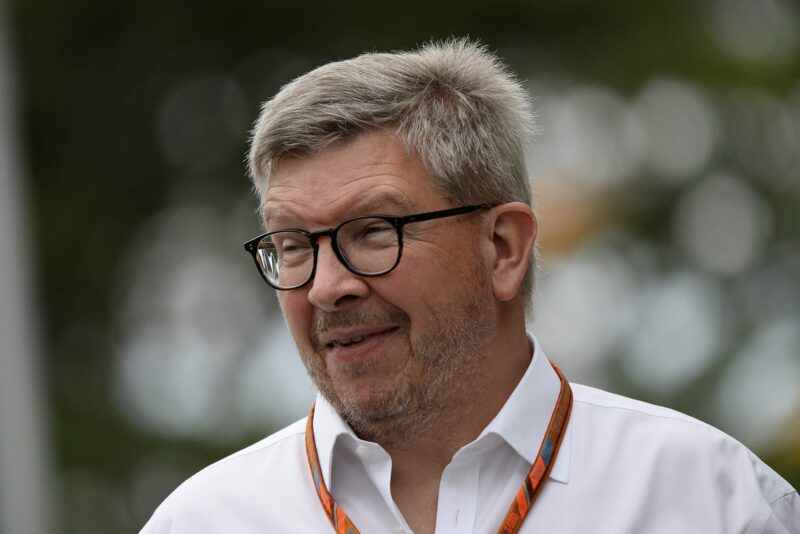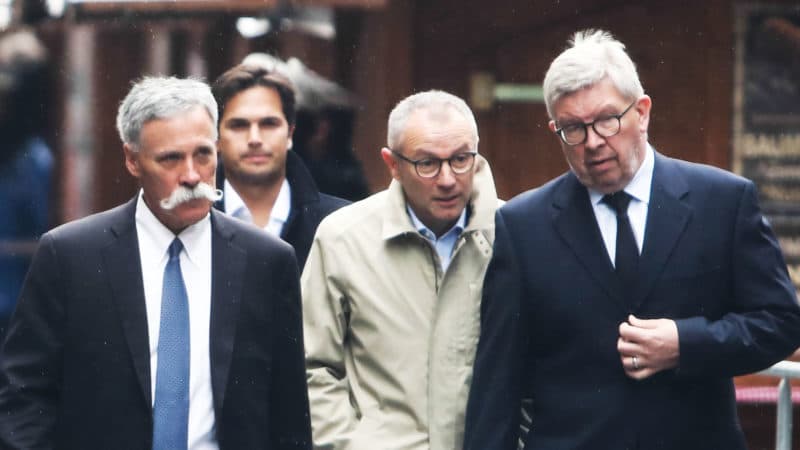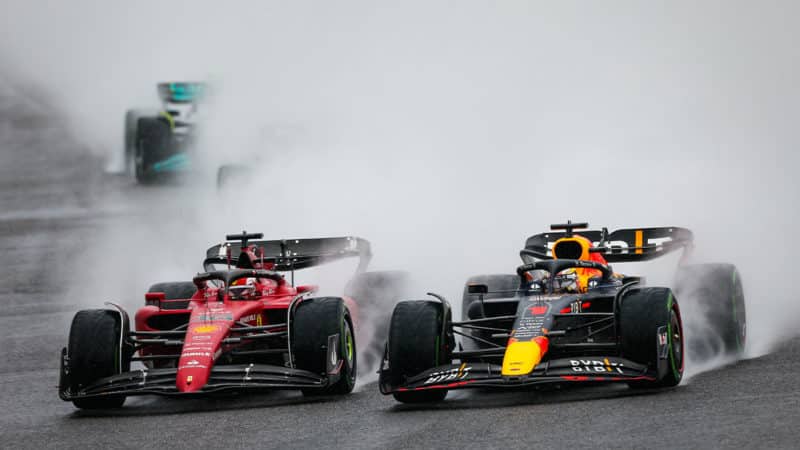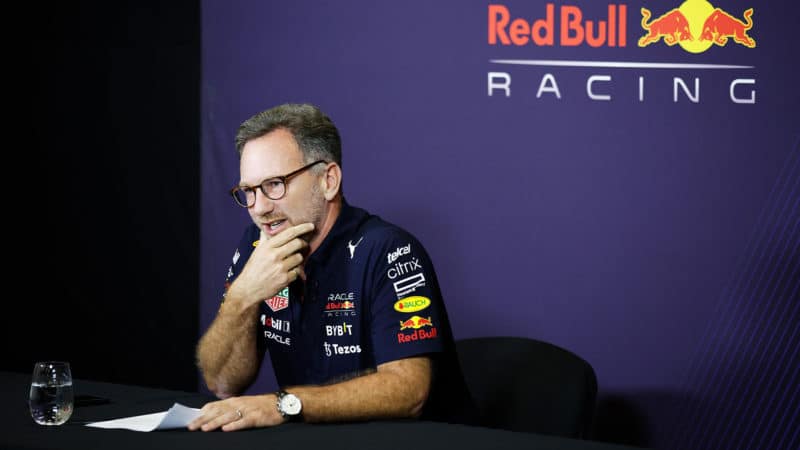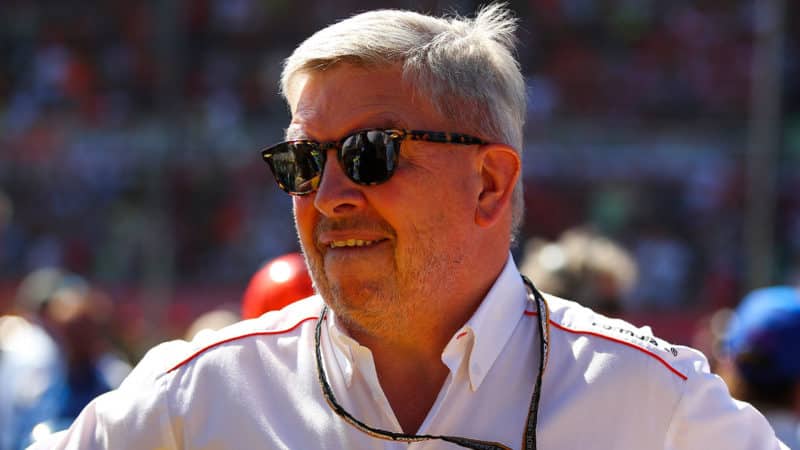“There’s a question of degree, but I think it’s pretty significant. I think the anecdotal evidence we see is significant. I think we must give Pirelli credit as well, because they’ve made a step forward with tyres.”
F1 tried to address the issue in the past with the Overtaking Working Group and adjustable front wing flaps and so on, but it was always a case of applying bandages. What Brawn and his technical leader Pat Symonds achieved together with the FIA was to push through a philosophy of taking a holistic view of the car package and what’s really needed from it.
“For me, the key thing is it’s in everybody’s mentality now that the raceability of the car is a vital factor and a vital characteristic that we have to pursue with any change we make,” says Brawn. “So for any change in the regulations going forward, how is it affecting the raceability? And can we improve the raceability, because we know what’s needed to make it even better?
“A racing car that you can’t race with is useless” Ross Brawn
“Teams have all come out with their solutions now, and those solutions are being digested by the aerodynamic team at the FIA. There are some changes next year which I think will go in the right direction. It’s now in our mantra when designing a racing car that it should be raceable. Because a racing car that you can’t race with is useless.”
He’s keen to point out that we have to think about where things would have gone in terms of overtaking in 2022 and beyond had the issue not been addressed: “You can’t forget if we hadn’t intervened the situation was getting worse and worse and worse. We’re comparing what we’ve got now with we what we had the previous year. Imagine what we would have had this year or next year [without rule changes].
